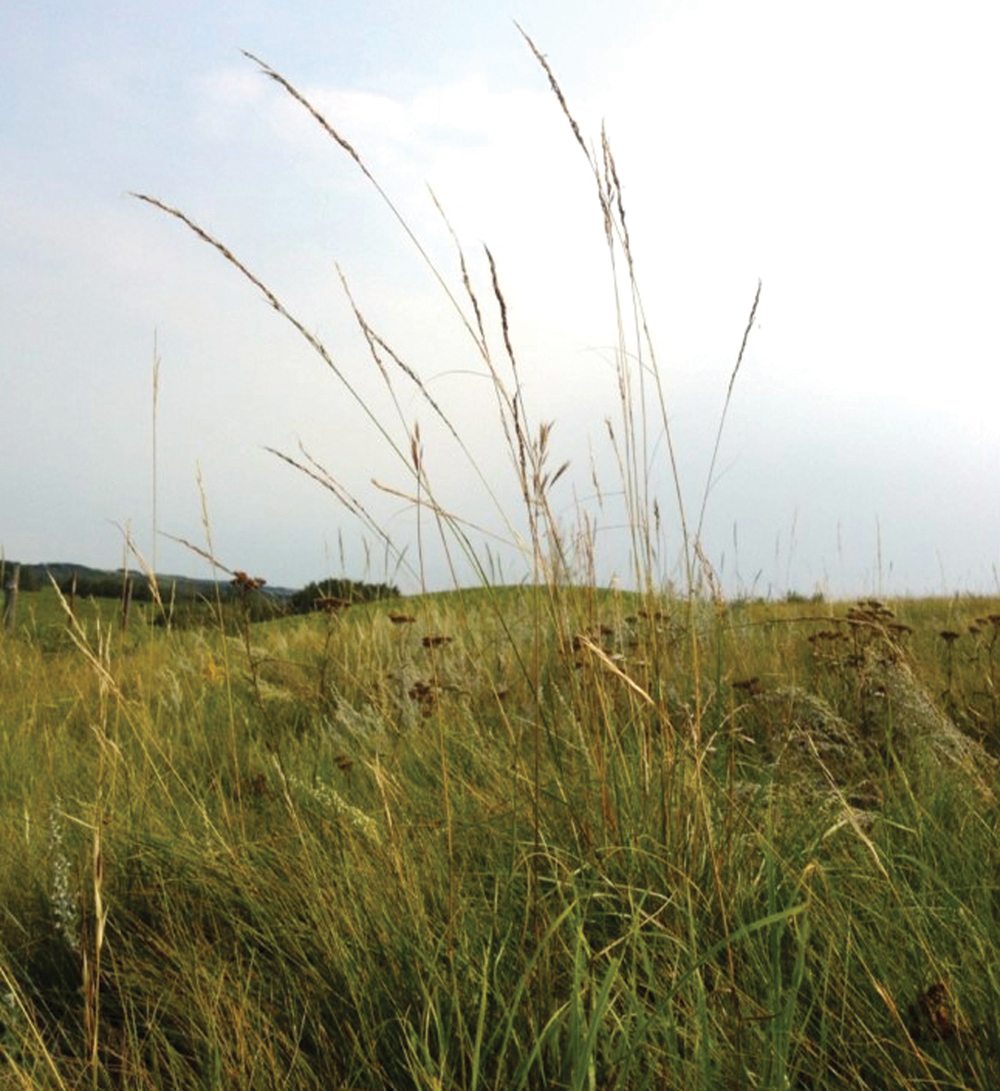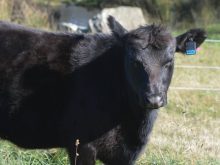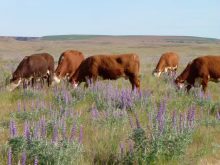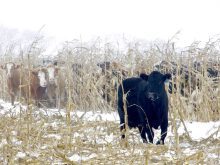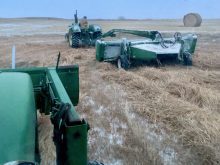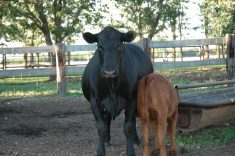There are many ways to extend the grazing season on most farms and ranches. In years with not enough rain in regions without irrigation, native pastures and hay aftermath don’t produce as much forage as normal,
One option to increase forage production is seeding and grazing annual crops, which may include cereals and brassicas. Extending the grazing season with annuals can help reduce production costs. Late summer and fall pasture may be short in dry climates, since productivity of cool-season perennial grasses is hindered during the heat of summer.
Dr. Tim DelCurto, a specialist in Range Beef Cattle Nutrition and Management at Montana State University, says harvested hay is expensive, and many ranchers are looking at alternatives.
Read Also
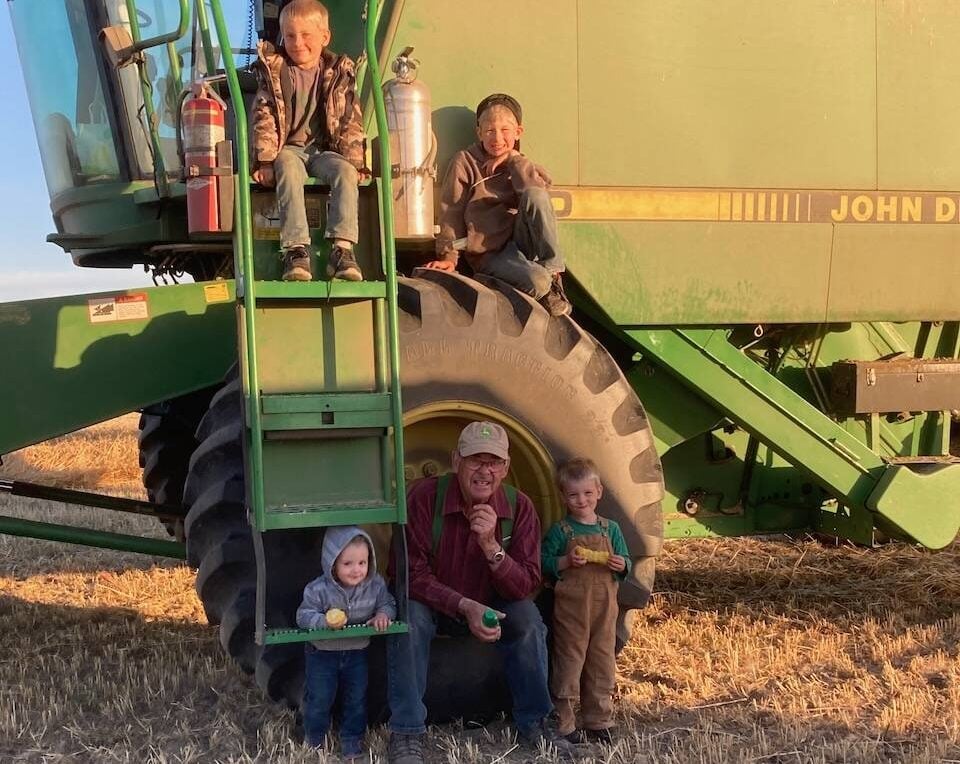
Harvest wraps up and fall work begins
At the Eppich famly ranch in western Saskatchewan, the fall harvest was successful with few breakdowns, cows and calves have been sorted and a new tractor has arrived
“Traditionally, many people put up hay all summer and fed hay all winter, but that’s less appealing today, especially as people get older and machinery gets older, and the cost of replacing machinery keeps getting higher.”

Some range operations can extend grazing well into winter, but there is always some risk. “There might be a huge storm and deep snow,” DelCurto says. “But the benefits of being able to graze longer are substantial. At our research center at Havre and with our MSU herd, we’ve focused on extending grazing. A couple years ago we only fed hay for one month at our MSU Red Bluff Research Center.”
Stockmen are looking at reducing costs, reducing their reliance on harvested feed and fossil fuels, and trying to find ways to have cattle harvest their own feed. Growing cover crops requires farming equipment and fuel to get the crop seeded, but if they are doing some farming anyway, it can be cost-effective to grow triticale, forage barley, and other annual forages for fall grazing. More producers are realizing they can use range and native grass pastures in summer and then move to annual crops that can carry cattle through the fall and into winter.
“One of the challenges in making recommendations is that there are no two farms alike,” says DelCurto. “What might work for one may not work for another; it depends on climate, resources, labour, etc. For most ranches that depend on native bunchgrasses for summer grazing, the period of time these rangelands are most vulnerable to damage from grazing is during the growing season. If we can graze some of these in the fall and reduce the time we graze them while they are actively growing, this is better for the native grasses.”
Many native pastures thrive and improve if rested during the growing season and grazed in fall and winter when plants are mature. It may be possible for cattle to graze these mature stands more heavily and tramp seeds into the ground.
“We need more research on dormant-season grazing, but what’s been done suggests that grazing has minimal impact on the plant community at that time,” says DelCurto. “Cattle utilize decadent plant material and process it, so it’s more readily incorporated into the soil as organic matter. Grazing it off in the fall also reduces chance for wildfires. When feasible, stockmen are doing fall/winter grazing, utilizing protein supplements as needed, and saving money on hay.”
PROTEIN SUPPLEMENT OPTIONS
DelCurto says the strategic use of protein supplements is important, but there is no magic protein or best kind. He favours beef-quality alfalfa hay. He says that even if it’s expensive, producers usually get more for their money with alfalfa than most other protein sources.
He recommends figuring out the cheapest protein per unit, using an example of mature cows needing about two pounds for protein per day. Feeding a low-quality forage with only six per cent protein means each cow needs to eat about 20 pounds per day. If it’s six per cent protein, they are only getting about 1.2 pounds of protein from the forage, so they need an additional 0.8 pounds of protein as supplemental. With optimal supplementation, a 1,200-pound cow would consume two per cent of her bodyweight, or about 24 pounds of dry matter, from the forage itself.
“If you have alfalfa hay that’s 20 per cent protein, or a cake/pellet that’s 30 per cent protein, price it out and see what might be most cost-effective in terms of how much to feed daily to meet the requirement of the cattle,” DelCurto says. “The protein doesn’t have to be fed daily; it can be fed every two or three days.”
DelCurto says feeding more at one time (to average two pounds per day) is actually better when group feeding, making it possible for all the cattle to have a chance at the protein, not just the bossier cows. There is more uniform consumption.
“At our Northern Agricultural Research Center in Havre, we’ve been feeding up to 300 head during winter, and the group consisted of all ages, from yearlings to 13-year-old cows, and for the most part we see uniform feed consumption. The young animals (yearlings, up to four-year-old cows) actually ate the most, while the middle-aged and older cows consumed less supplement. This is totally contrary to what we always believed, but we have a growing data set with salt-limited supplements that show that they work.”
MOLASSES AN ACQUIRED TASTE
DelCurto notes one exception. They found (in multiple studies) that young cows, particularly yearlings, don’t eat molasses blocks very well. Molasses is foreign to them and they have to learn to eat it. Once those yearlings get to be two-year-olds, they are more inclined to eat it, but the yearlings often eat less than the label amount.
In a recent study with a supplement that was primarily canola meal with 25 per cent salt, they found the yearlings ate as much as the older cows. In a two-year trial the yearlings and young cows ate more than the older ones, particularly when weather was cold.
That study was followed with a project using a baked molasses block. The yearling intake was poor because they were not familiar with molasses, and also it was harder to eat. They couldn’t just lick it like a meal, they had to scrape and chew on those blocks.
The winter environment affects nutrient needs of cattle. “Extending grazing is an opportunity to make a farm or ranch more efficient, but at high elevations there may be challenges when grazing stockpiled forage or using native rangelands,” says DelCurto. “When arctic blasts come through and grass gets covered with snow, or the temperatures drop dramatically, those cows require more feed.”
He says in just in the seven years he’s been in Montana, he’s experienced two ‘100-year winter events’ that were really hard on cattle. He remembers a call from a producer after a week of minus 30 F temperatures with wind chill equivalent of minus 50. He was asking how he should feed his cows.
“This is a tough question,” says DelCurto. “We need to bring cattle into winter in the best condition possible so they have some reserve in case we get one of those winters. During a weather event with wind, those cows hunker down (hopefully behind a windbreak) and don’t eat or drink much because it’s just too cold.”
These are things to be prepared for, and try to manage around, but as a general rule cattle can do well on an extended grazing program only fed hay when conditions make grazing impossible. “As the old saying goes — I want cows that work for me, rather than me working for them,” says DelCurto. “But for this to work, you have to provide the right nutrition, and tailor your program to your environment and your cattle.”
He says it is also important to select efficient cattle that work in your environment.

